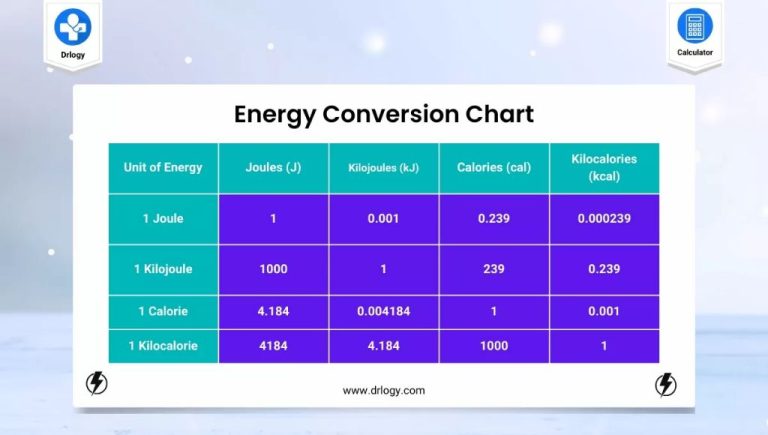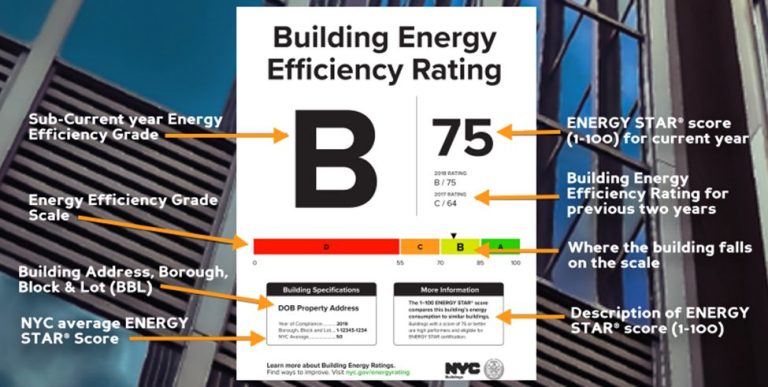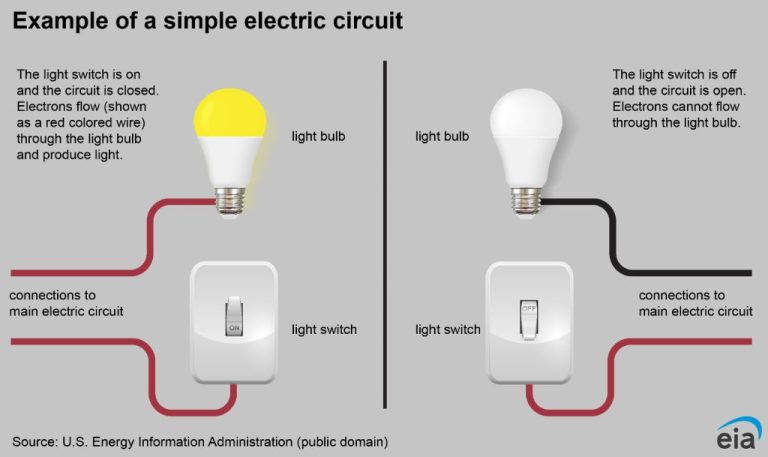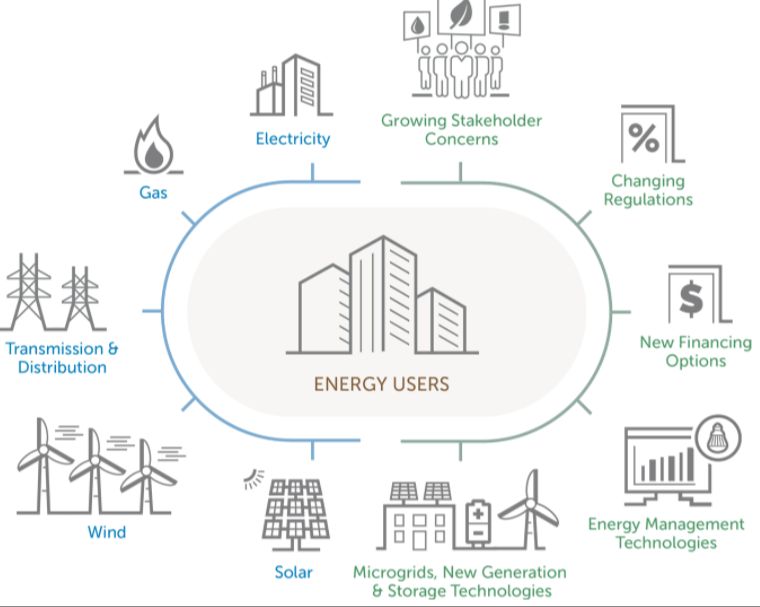Is An Electric Blanket Expensive To Run?
Electric blankets are a popular way to stay warm in bed during cold weather. The idea for electric blankets originated in the early 1900s as a way to provide therapeutic heat for medical purposes. According to the Inventors website, the first electric blankets were introduced around 1912 by physician Sidney I. Russell of Sheboygan, Wisconsin. These early electric blankets consisted of resistors sandwiched between layers of cloth and were used by hospitals and sanatoriums to warm bedridden patients.
It wasn’t until the 1940s and 1950s that electric blankets became available for in-home consumer use. Various companies refined and commercialized electric blanket technology over the years, making them safer, more affordable, and easier to use. Nowadays, electric blankets are common household items that provide a convenient source of warmth during cold weather.
How Electric Blankets Work
Electric blankets contain integrated electrical heating wires woven into the fabric of the blanket (Source: https://www.directenergy.com/learning-center/how-do-electric-blankets-work). When plugged in and turned on, electricity flows through the wires to produce heat. This allows the blanket to warm up and transfer that warmth to the body.
Electric blankets come with controls that allow users to adjust the heat setting. Typically there are multiple heat settings ranging from low to high. Some blankets have dual controls on each side for couples sharing a bed to customize their temperature. Higher settings produce more heat, while lower settings produce less heat. Many electric blankets also have an auto-off function after 1-10 hours for safety (Source: https://sleepypeople.com/everything-you-need-to-know-about-electric-blankets/).
In terms of safety features, electric blankets today have technology to prevent overheating and shut off automatically if there is a malfunction. They may have internal thermometers, timers, thermal fuses, and other mechanisms to regulate temperature and prevent fires or burns.
Electric Blanket Wattage
The wattage of an electric blanket can vary, but typically ranges from 100-150 watts for a twin size and 150-200 watts for a queen or king size. According to Jackery, the average wattage is 100 watts for a twin, 150 watts for a full/queen, and 200 watts for a king size electric blanket [1]. Higher wattages allow the blankets to heat up faster and reach higher temperatures. Lower wattage options around 70-100 watts are available for more energy efficiency.
Electricity Costs
The cost of running an electric blanket depends largely on how much your electricity costs per kilowatt-hour (kWh). This can vary significantly by location. According to the U.S. Energy Information Administration, the average electricity price for residential customers in 2021 was 14.53 cents per kWh.[1] However, prices range from a low of 9.55 cents per kWh in Louisiana to a high of 29.54 cents per kWh in Hawaii.
Some key factors that influence electricity costs per kWh include:[2]
- Energy generation costs
- Transmission and distribution infrastructure costs
- State and local taxes and fees
- Utility company operating costs and profits
So when estimating the operating costs of an electric blanket, look up the residential electricity rate for your local utility company. This provides the baseline price per kWh that will determine the actual running costs based on your blanket’s power consumption.
Estimating Electric Blanket Energy Use
To estimate the energy use of an electric blanket, you first need to know the wattage rating of the blanket. A typical electric blanket ranges from 100 to 200 watts.1 You also need to consider how many hours per day the blanket is used. Most people use an electric blanket for 8-10 hours while sleeping.2
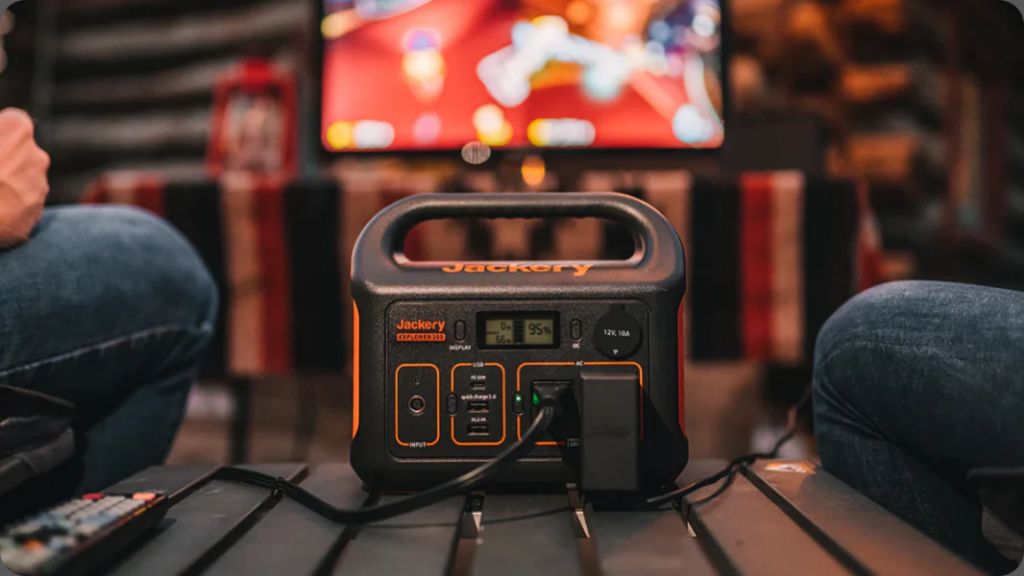
As an example, let’s assume the electric blanket is 150 watts and used for 10 hours per day. To calculate energy use:
150 watts x 10 hours = 1,500 watt-hours (or 1.5 kilowatt-hours)
So this blanket would use 1.5 kWh per day. At the average residential electricity rate of $0.14 per kWh, this would cost around $0.21 to run the blanket for 10 hours.
The energy use and cost scales linearly based on hours used. For 8 hours per day, it would be about 1.2 kWh ($0.17). For 12 hours per day, around 1.8 kWh ($0.25).
Other Operating Costs
Using an electric blanket can help reduce heating costs in the winter. The localized heat from the electric blanket allows you to lower the thermostat temperature while still staying warm in bed. According to HowStuffWorks, dropping your thermostat just a few degrees can result in significant energy savings. For example, lowering from 70°F to 68°F could reduce heating costs by up to 10%.
However, electric blankets will likely have minimal effects on cooling costs in the summer. Central air conditioning cools the entire house, not just the bed. And you’re unlikely to sleep with an electric blanket when it’s hot outside. The small amount of heat dissipated from the blanket is negligible compared to the cooling demands of the full home.
Overall, electric blankets can provide worthwhile heating savings in cold weather if used properly. But don’t expect major reductions in summertime cooling bills.
Safety Considerations
Electric blankets can be used safely if proper precautions are taken. It’s important to follow the manufacturer’s instructions carefully. For example, many experts recommend turning off the blanket before going to sleep to avoid overheating or fire hazards from leaving it on unattended (State Farm). The blanket should lay flat on the bed and not be folded or bunched up, which can damage the internal wiring and heating elements (Sleep.me). Don’t allow pets or children to sleep on top of an electric blanket, and refrain from using one if you have diabetes or sensitive skin that could get burned. Inspect the cords and controller periodically and discontinue use if any damage is found. Turning off the blanket before getting into bed is an easy way to prevent accidents. With proper precautions, electric blankets can be a comfortable and safe way to warm up the bed.
Alternatives
While electric blankets can help provide warmth and comfort in bed, there are some alternative options that also provide warmth without the energy costs of an electric blanket.
Heated mattress pads are one alternative that can provide targeted warmth. These pads lie on top of the mattress and plug into an outlet to gently warm the surface of the bed. They typically use less energy than an electric blanket. According to SleepSeek.co.uk, heated mattress pads start at around 40 watts. That’s much lower than a typical electric blanket. However, heated mattress pads don’t provide the same all-over body warming as an electric blanket.
Using extra blankets is another simple alternative for extra warmth in bed. Adding an additional throw, quilt, or duvet can help trap body heat without any added energy costs. Wool blankets or down comforters provide exceptional warmth for their weight and thickness. The main downside is that extra blankets can feel heavy and bulky compared to an electric blanket.
New Electric Blanket Cost
When you’re deciding whether to buy a new electric blanket, it’s important to consider the upfront cost in addition to ongoing energy costs. Here are some average prices for new heated blankets:
- Basic electric blankets range from $20 to $50. These budget-friendly models provide some warmth but often have limited features and may not last as long.
- Mid-range electric blankets cost $50 to $100. These offer more temperature control settings, larger sizes, and better materials than basic models.
- Premium electric blankets can run from $100 to over $200. High-end brands like Sunbeam and Perfect Fitness offer advanced features like dual temperature zones, timers, and wireless remotes.
- Heated mattress pads are similar to electric blankets and range from $50 to $250 based on size, materials, and features.
So you can expect to pay anywhere from $20 to over $200 for a new electric blanket, with the average cost being around $50 to $100. Factors like size, fabric, controls, and extra features impact the price.
Conclusion
In conclusion, the operating costs of an electric blanket are relatively inexpensive compared to other household appliances and heating methods. The actual cost will depend on several factors like blanket size, duration of use, and energy costs in your area. However, most electric blankets only use between 100-200 watts. This translates to a cost of around 1-4 cents per hour to operate. Over the lifespan of the blanket, the total energy costs are likely to be under $50 in most cases. So while not completely free to run, electric blankets provide a cozy source of warmth at a very reasonable operating cost compared to alternatives.
The main costs of an electric blanket come from the upfront purchase price, which can range from $20-$200. But that one-time investment can provide many years of inexpensive warmth and energy savings compared to heating your whole house.
For those concerned about energy costs or who want zone heating, electric blankets are an inexpensive option compared to other alternatives. With reasonable upfront and operating costs, electric blankets can be an energy-efficient way to stay cozy.

